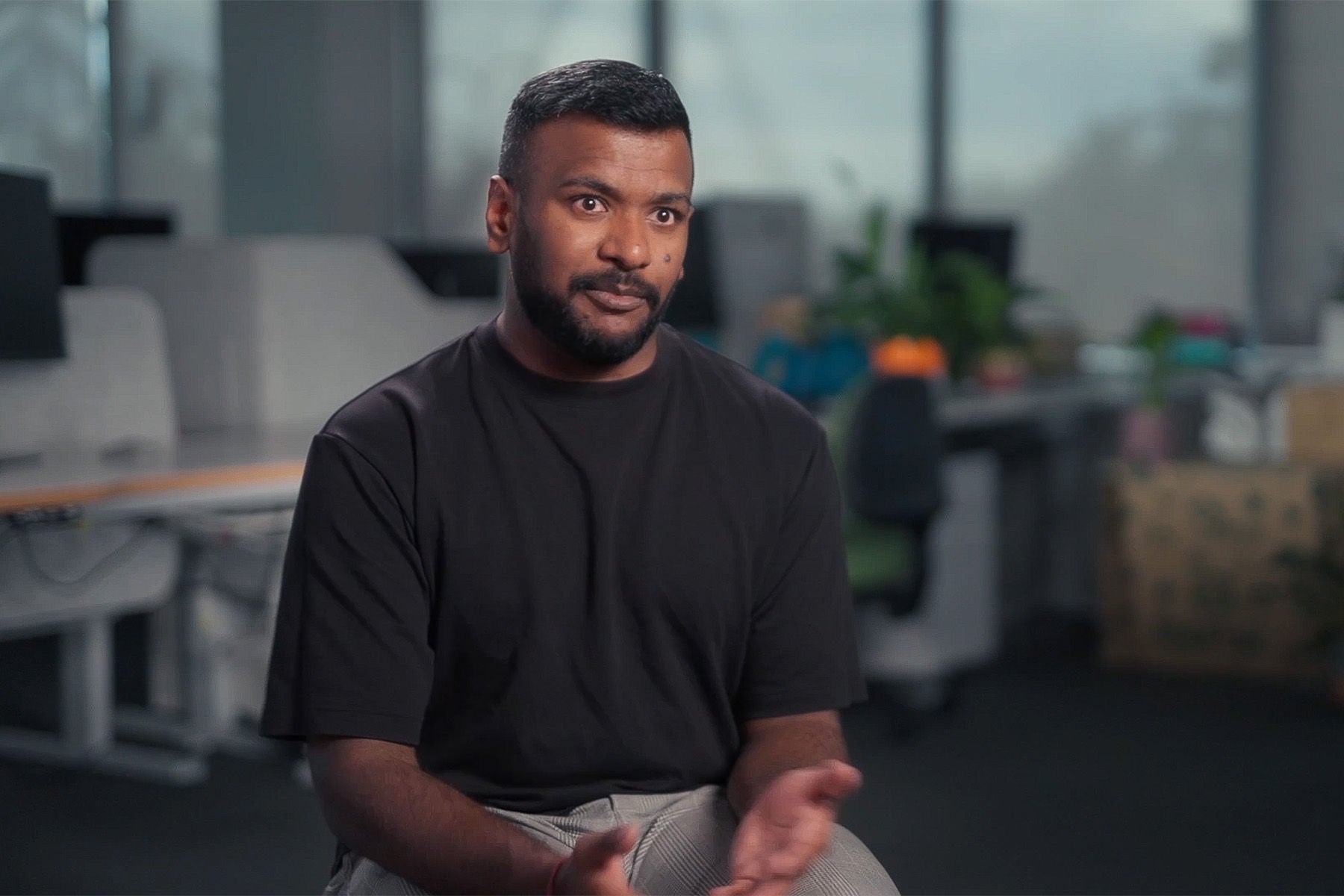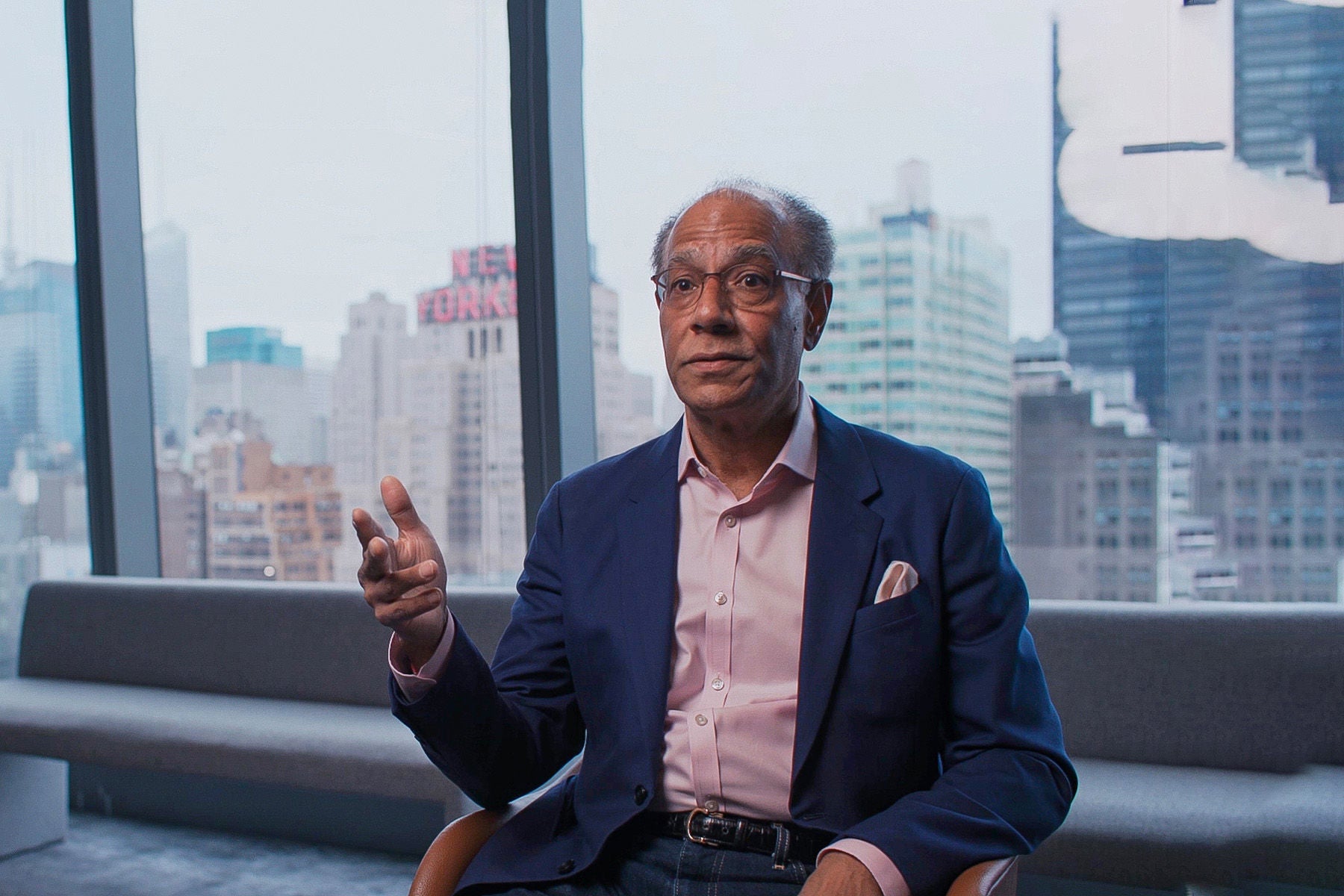EY refers to the global organization, and may refer to one or more, of the member firms of Ernst & Young Global Limited, each of which is a separate legal entity. Ernst & Young Global Limited, a UK company limited by guarantee, does not provide services to clients.
How EY can help
-
Our Organization and Workforce Transformation solution can help build workforce capabilities needed to realize organizational strategy. Read more.
Read more
1. Listen to the voices of a fast-changing workforce
It’s no secret to organizations globally that Gen Z employees are driving many of the fundamental changes in employee expectations. A heightened focus on sustainability might have been “nice to have” for millennials, for example, but it’s non-negotiable for Gen Z. “I majored in sustainability because doing something good for the world is part of my purpose,” says Sarish Shashidhar, Head of New Product Development at BioPak. “This role encompasses what I studied as well as what I’m passionate about.”
What’s more, for this cohort, embracing and embedding tech is a way of life. As true digital natives, Gen Z (link access via EY.com US) are at the forefront of developing the products, customer experiences and ways of working that are transforming life and work for us all. Increasingly influencing everyday life, Gen Z will make up 27% of the workforce by 2025 and employers have a lot riding on them actively contributing to the organization’s future success.









